Guadalajara-based studio Lassala Elenes Arquitectos designed the Casa S project. This two-story, single-family home is located in Zapopan, a city in the Mexican state of Jalisco, part of the Guadalajara Metropolitan Area.
Casa S By Lassala Elenes Arquitectos:
“The first requirement from our client was to get the most use of the land permitted by the regulations of the residential compound in which” Casa S” is located, seeking a better benefit scenario in case the property is sold. That’s why the house is developed on two floors that add up to the maximum height permitted by regulations and use up every sq. mt. Available in its layout.
Natural illumination, open spaces, and the inclusion of green processes and technologies in the house’s design were also requisites.
This house presents significant geometric volumes of simple and clean lines. Specific areas like the access gallery and the terrace with a view to the Primavera forest include elements of narrative character in its sculptures as the result of design incentives that build on the Contemporary Mexican style of the project.
The overall volumetric concept consists of two main elements: one with a stone texture and the second in stucco that lives together in harmony and is separated by a vertical glass “fissure” containing the house’s entrance. The garage doors and the house’s main door are made of cumarú wood and compound an element that wraps up the two main volumes. Meanwhile, the gallery is conceptualized as a cubic volume subtracted from the other two volumes, generating a feeling of contrasting vacuity in the indoor space.
The design of the house is solved around the double-height central gallery that can be accessed from all the rooms on the ground floor and first floor. This access hall with a cubic proportion ( 8.5m x 8.5m x 8.5m ) is “sliced” diagonally by a triangular water mirror. The stairs that go up to the first floor fly over the water and reach out to a crying water wall that pours its water into the mirror where Manuel Marin’s sculptor group called “Allegoria de la Pintura, la Escultura y la Arquitectura” is found. Only a huge mirror and a large bench decorate this space.
Plater stucco painted in almond color covers the walls, except the crying water wall covered with chocolate travertine marble that comes into the gallery from the house’s facade and some features in orange stucco and cumarú wood.
For all the indoor public areas, the floor is made out of beige, ivory marble in large format ( 2.2m x 1.8m ), cumarú wood decking in the exterior areas, and porcelain tiles in the kitchen and service areas; all the private areas including the bedrooms, library, and gym have hardwood cumaru flooring. Meanwhile, the access front plaza in the house facade is covered in black volcanic stone ( piedra de recinto ) that links the house with the existing stone walls on the lot and the large volume of chocolate travertine marble.
The rest of the outdoor facades are covered in stucco painted in almond color ( never white ), except for a slot that contains a window and a cantilever parasol to protect it, which are painted in terracotta red; this color unifies the main facade with the color of Ayamonte’s walls. Other exceptions are the orange parasol in the back facade and the terrace’s chocolate travertine marble frame.”
Photos by: Marcos Garcia
Like what you’re reading? Subscribe to our top stories.





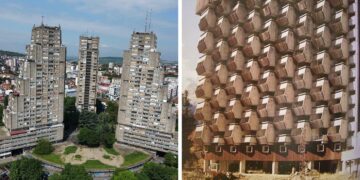
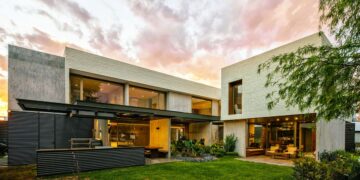
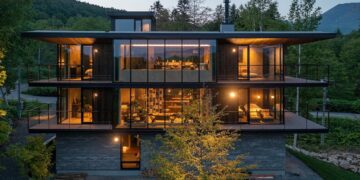
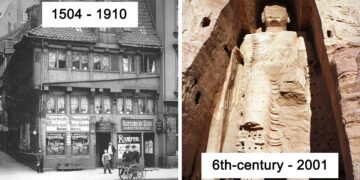




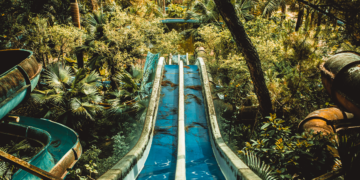
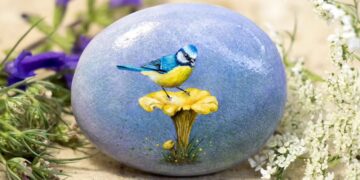

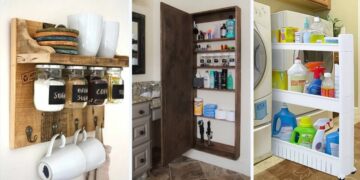
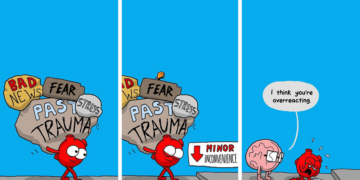



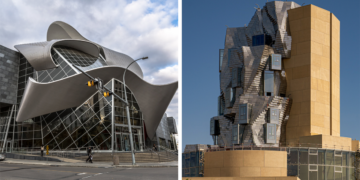
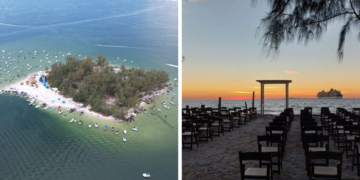
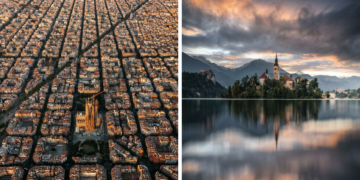
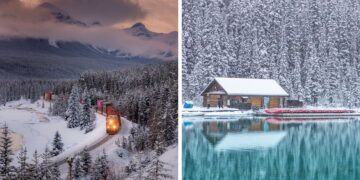
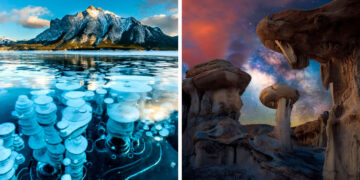

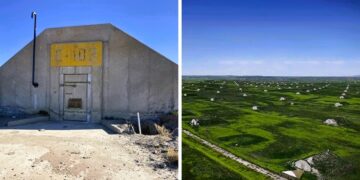
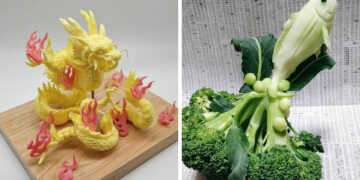
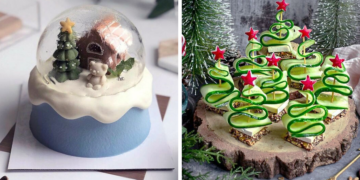
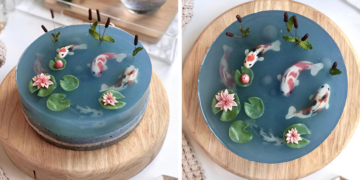
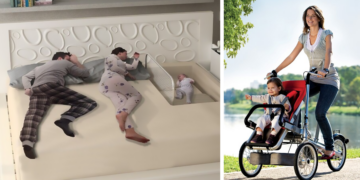
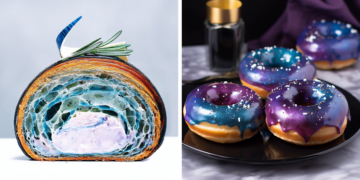
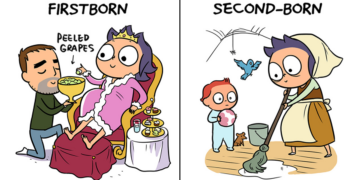
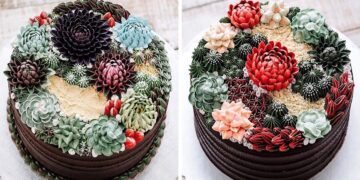
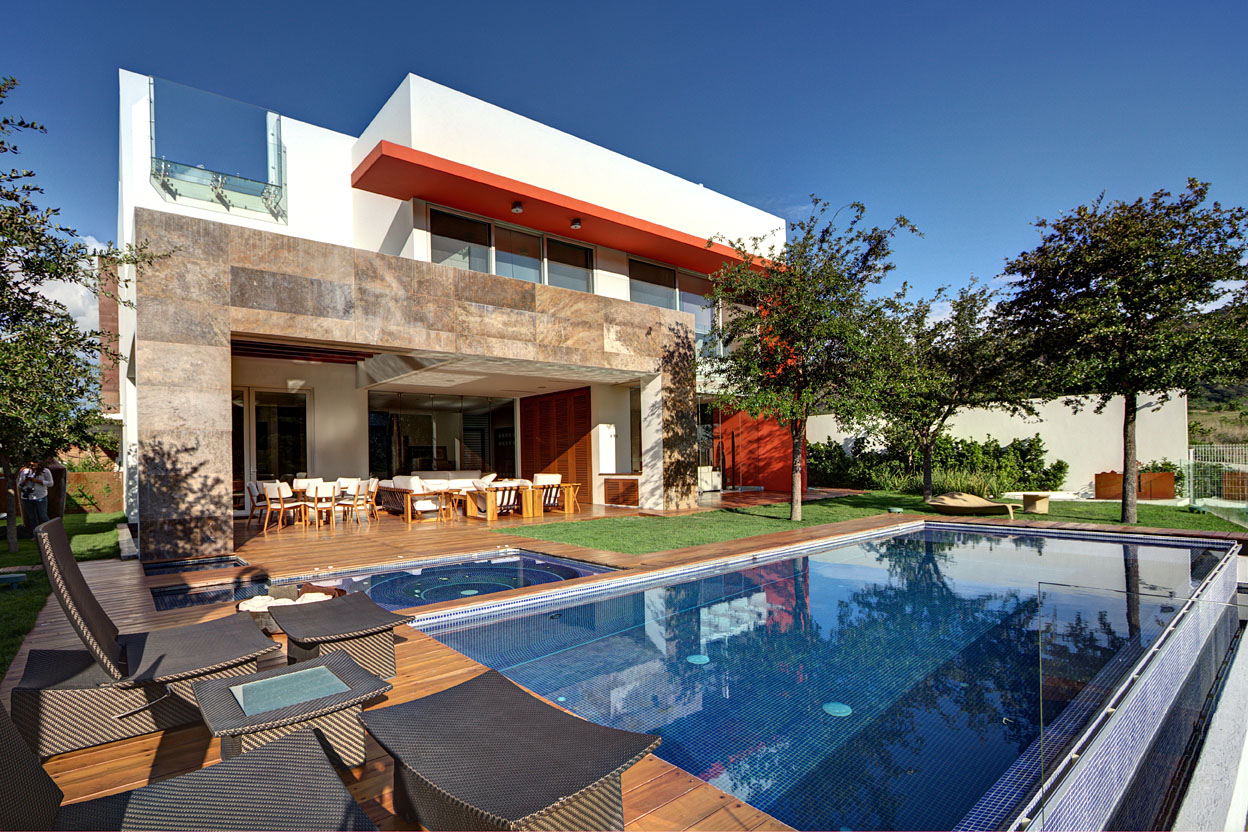
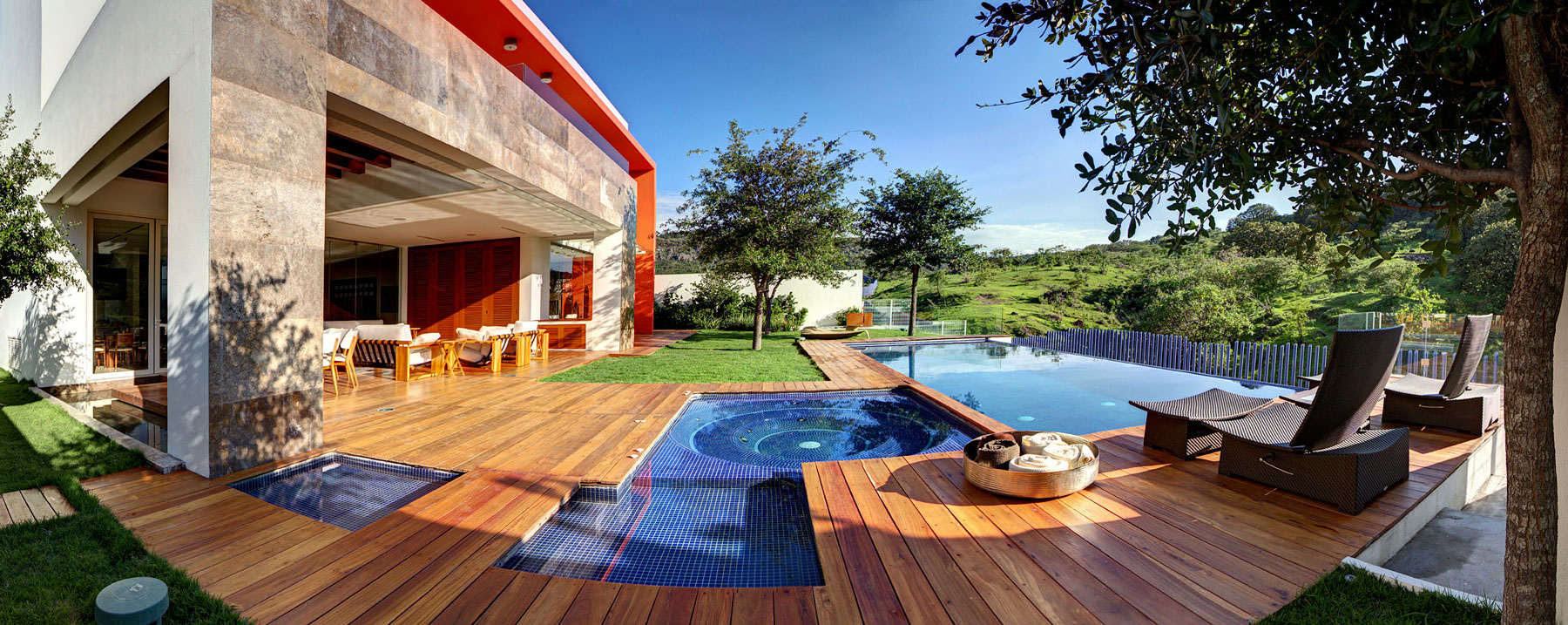
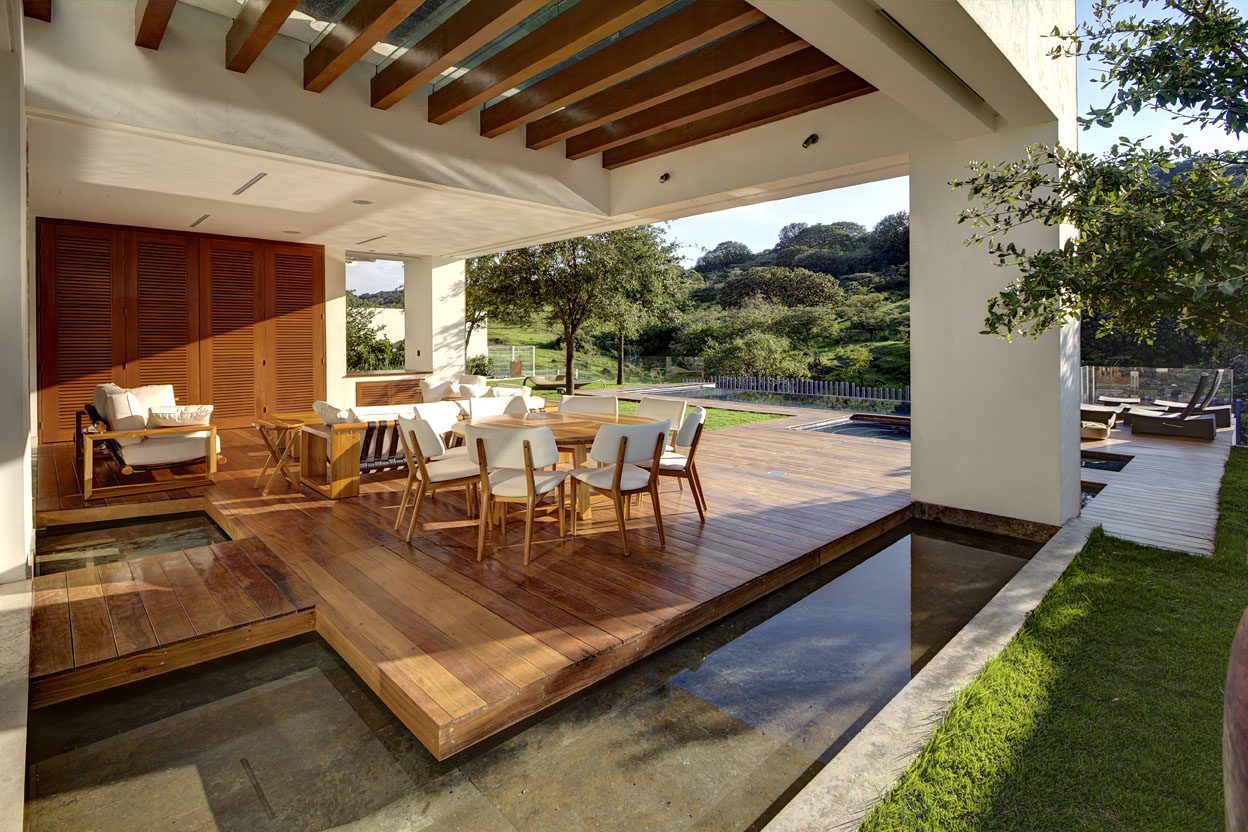
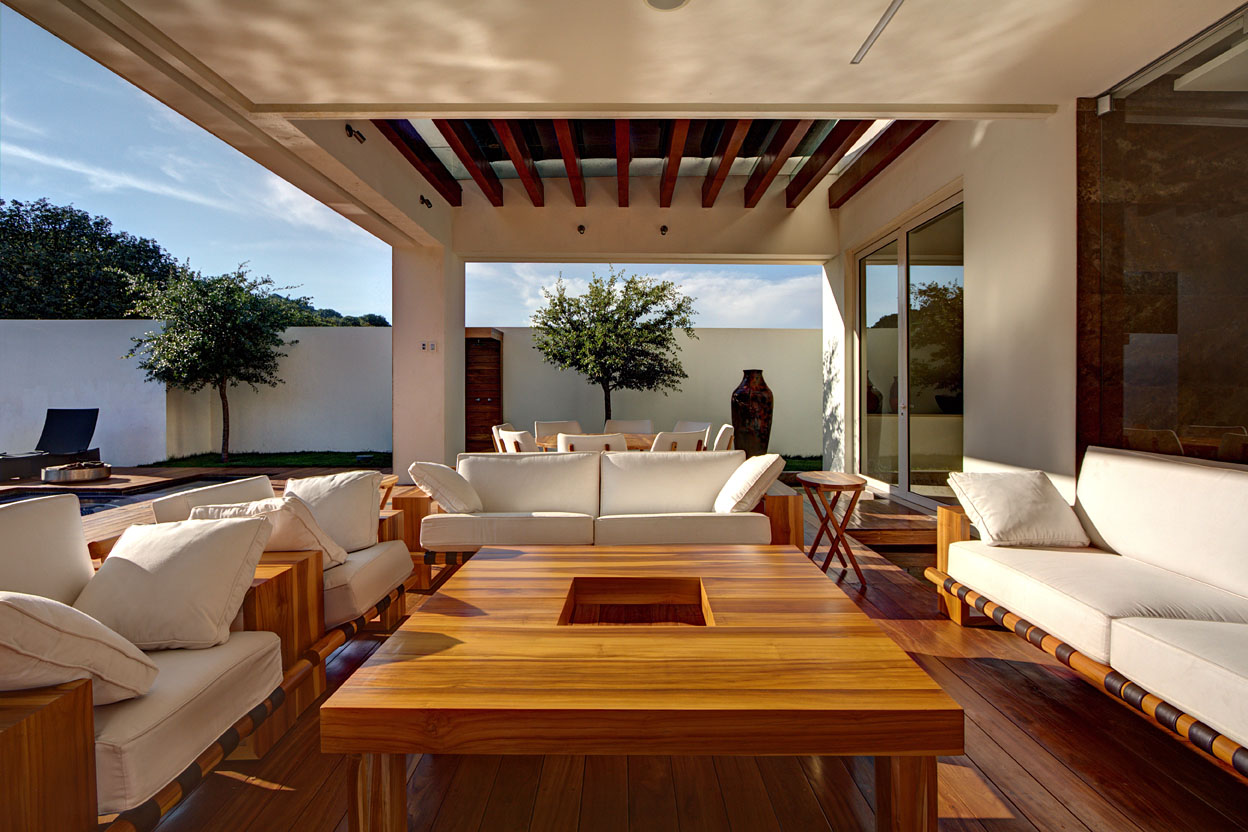
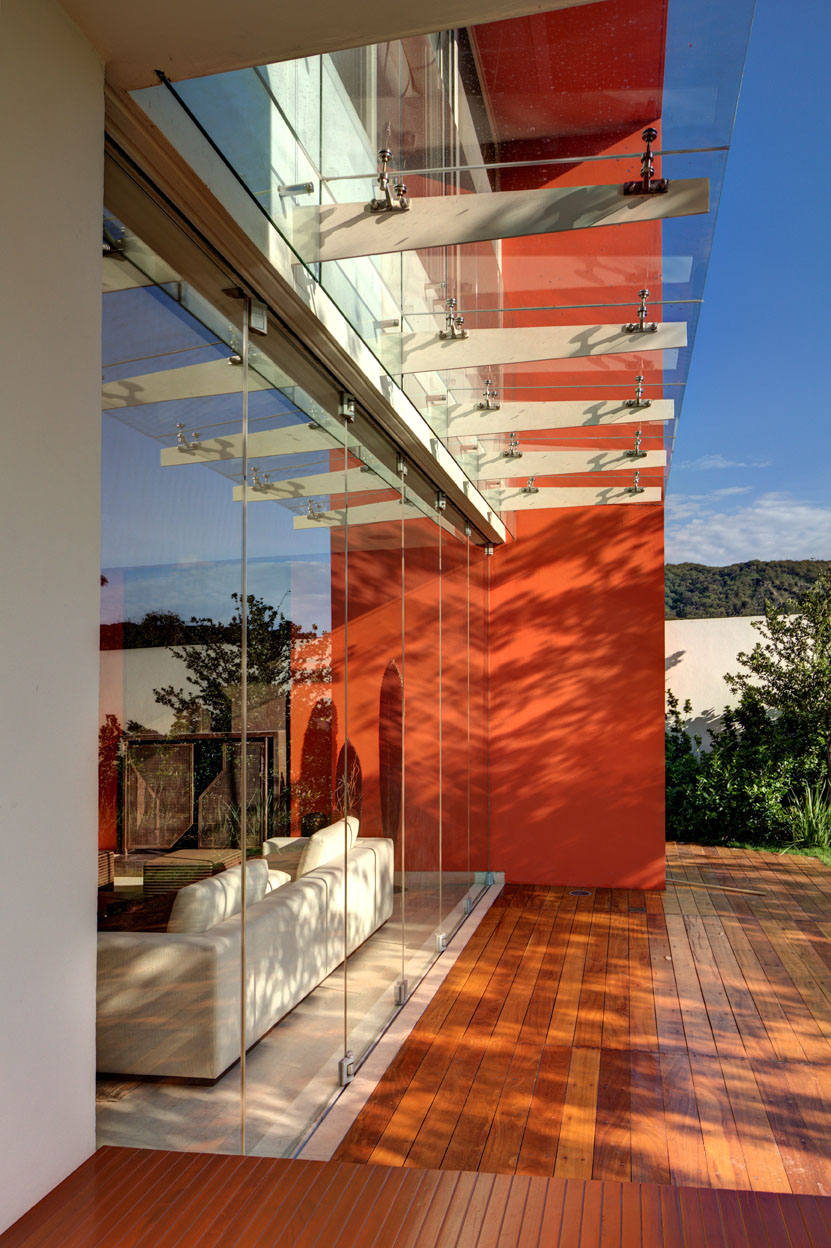
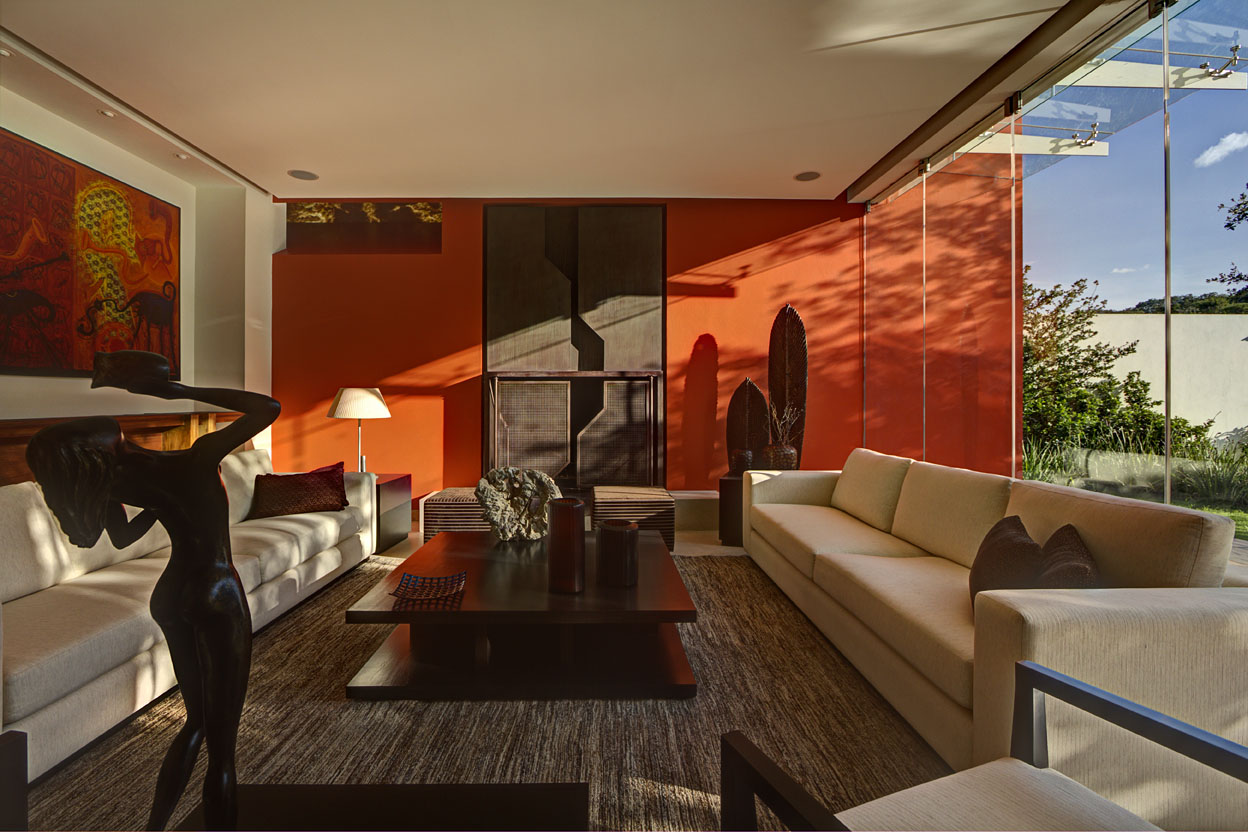
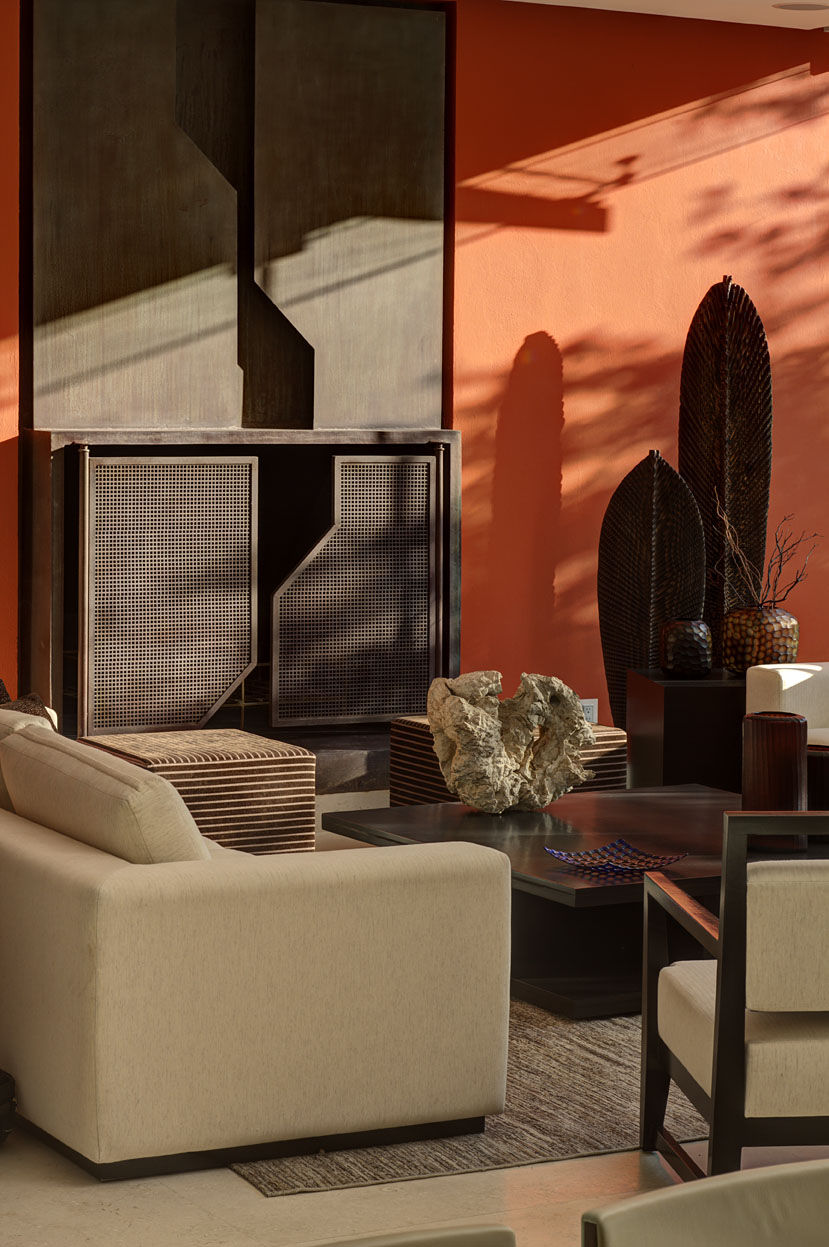
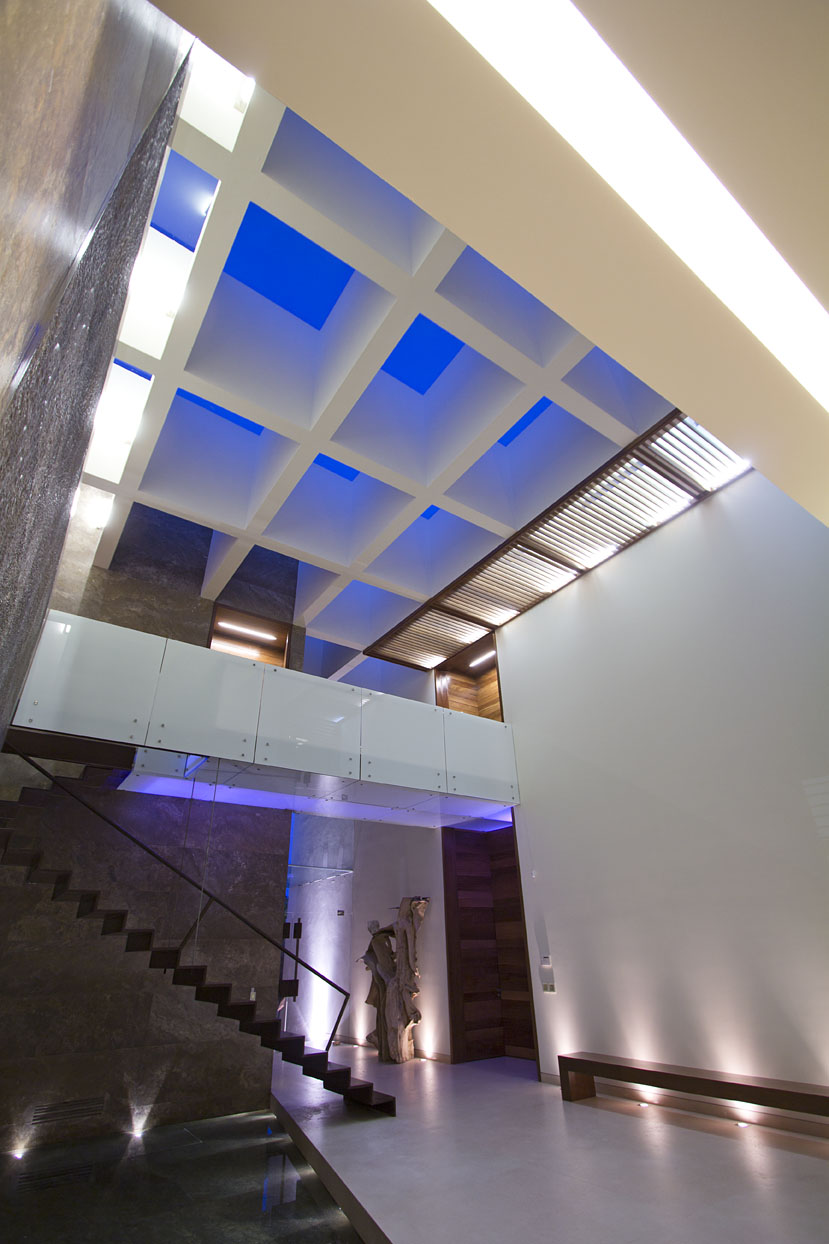
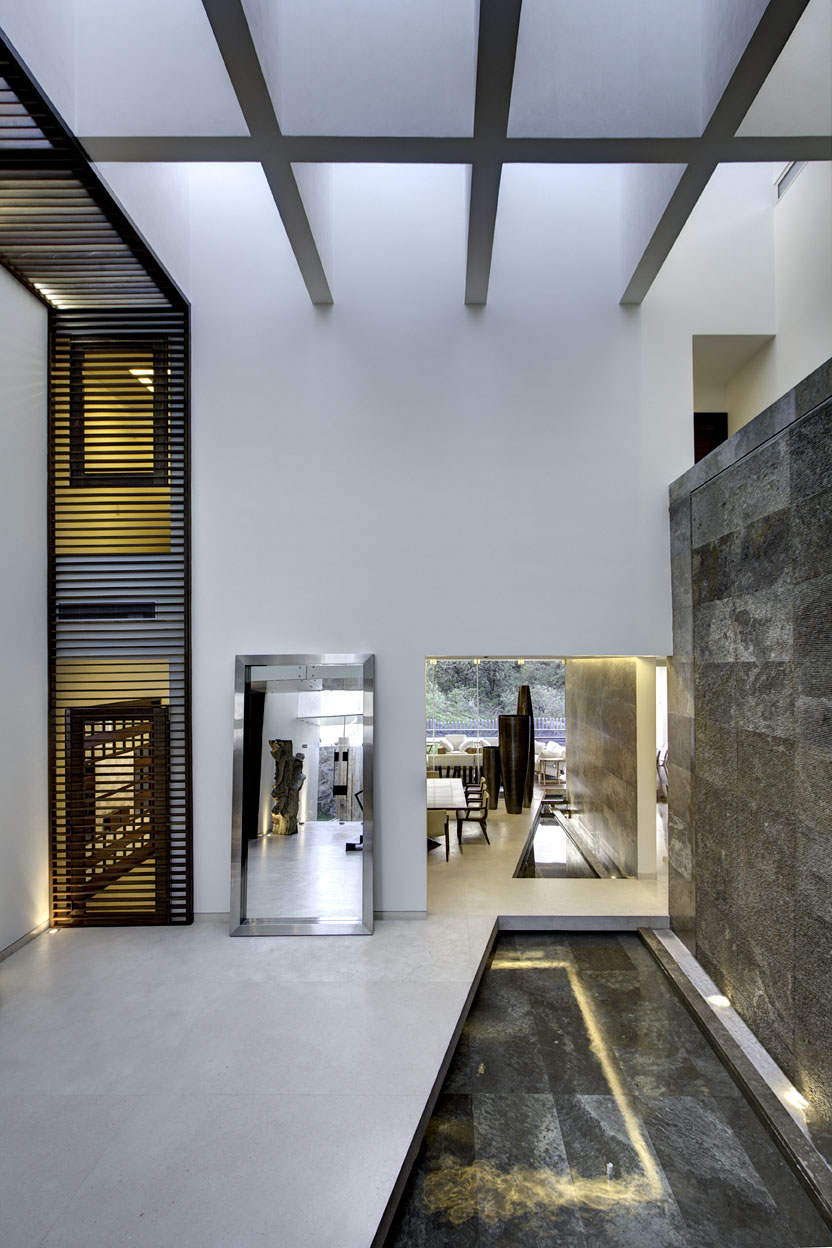
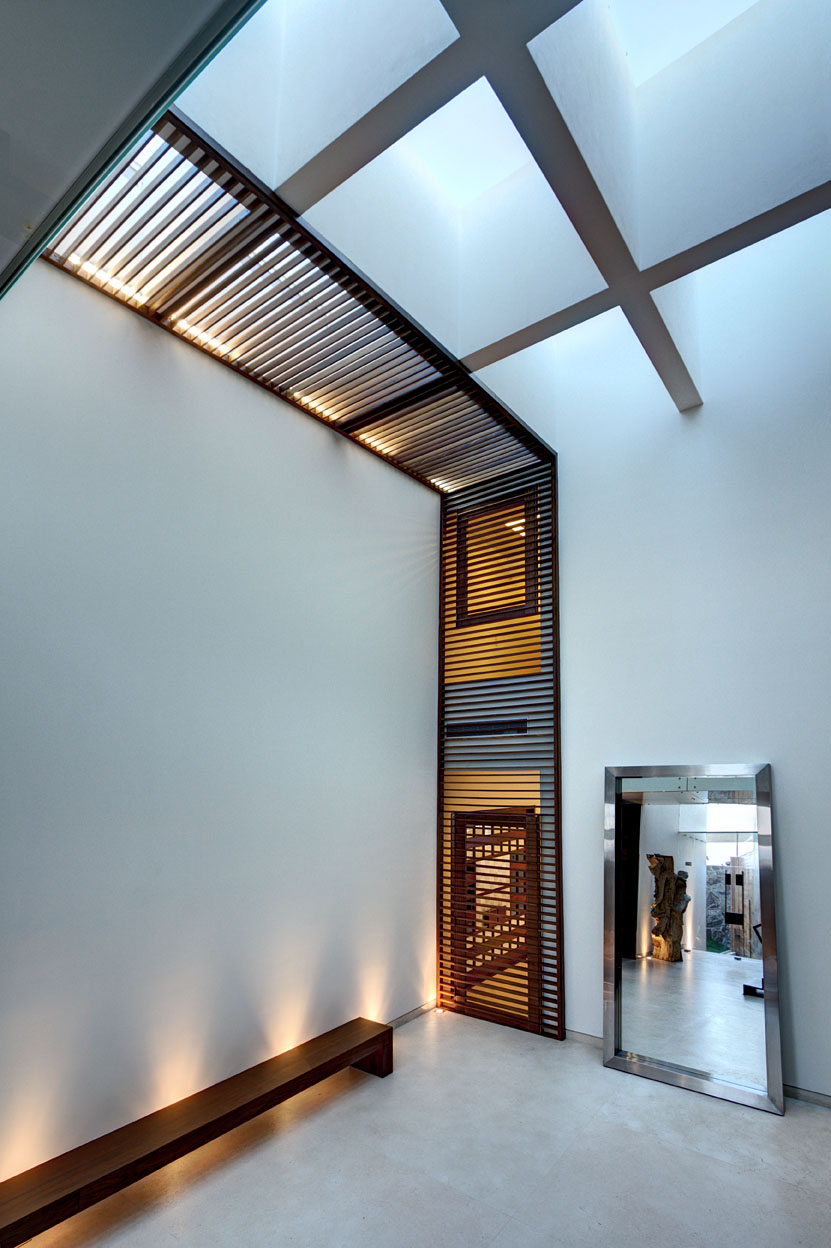
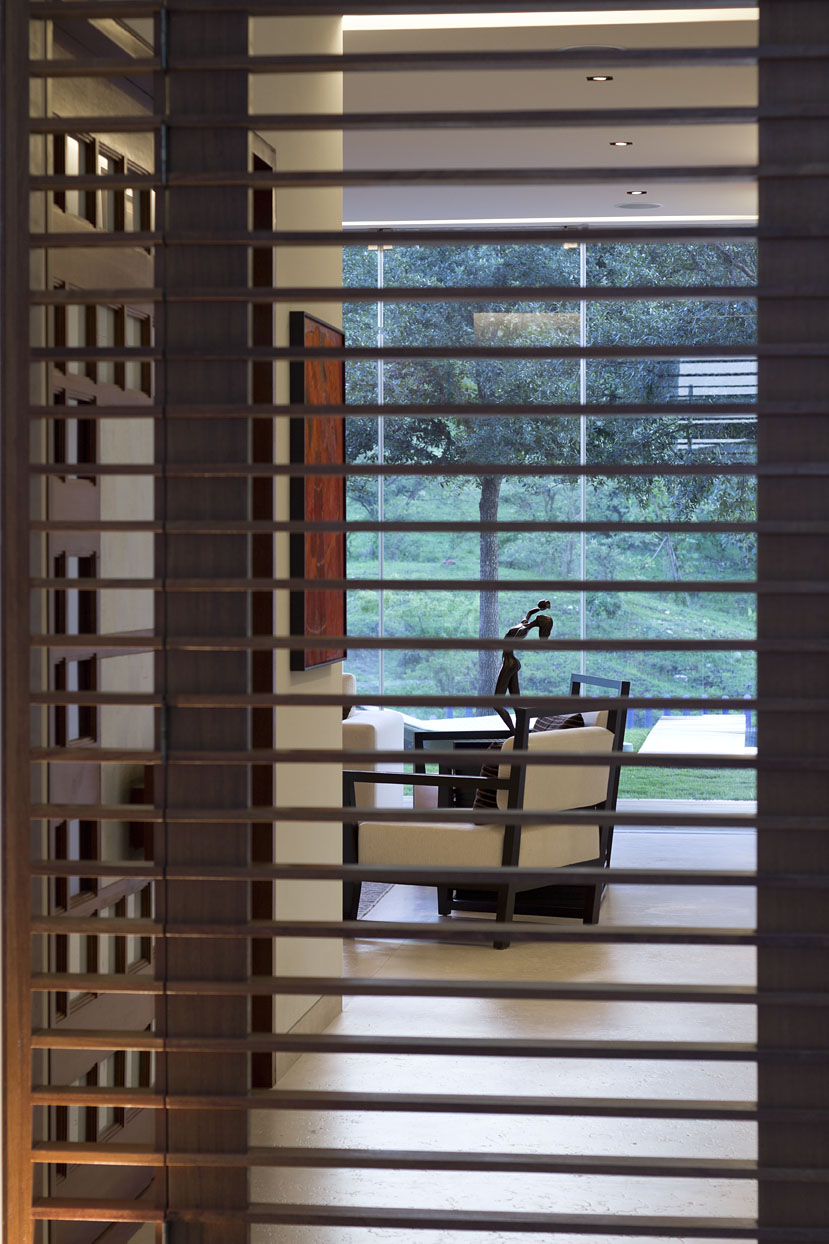
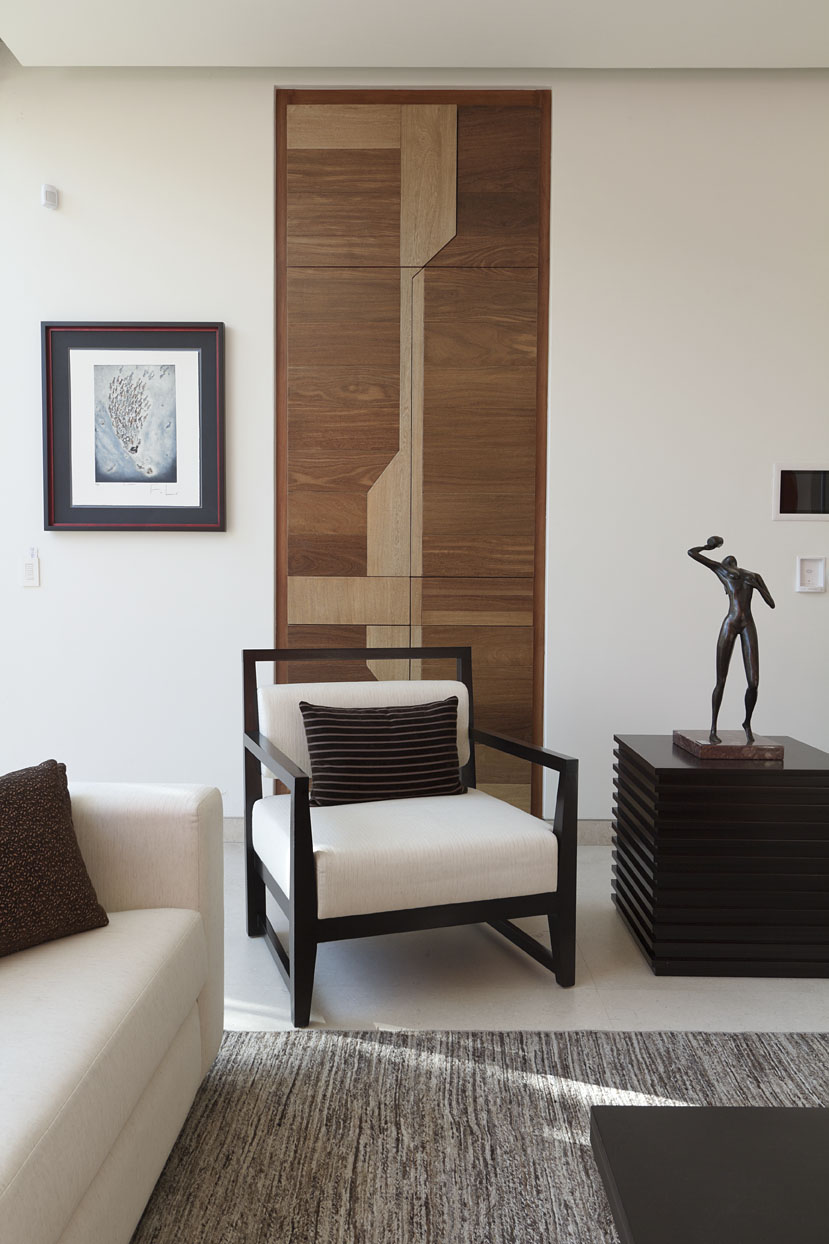
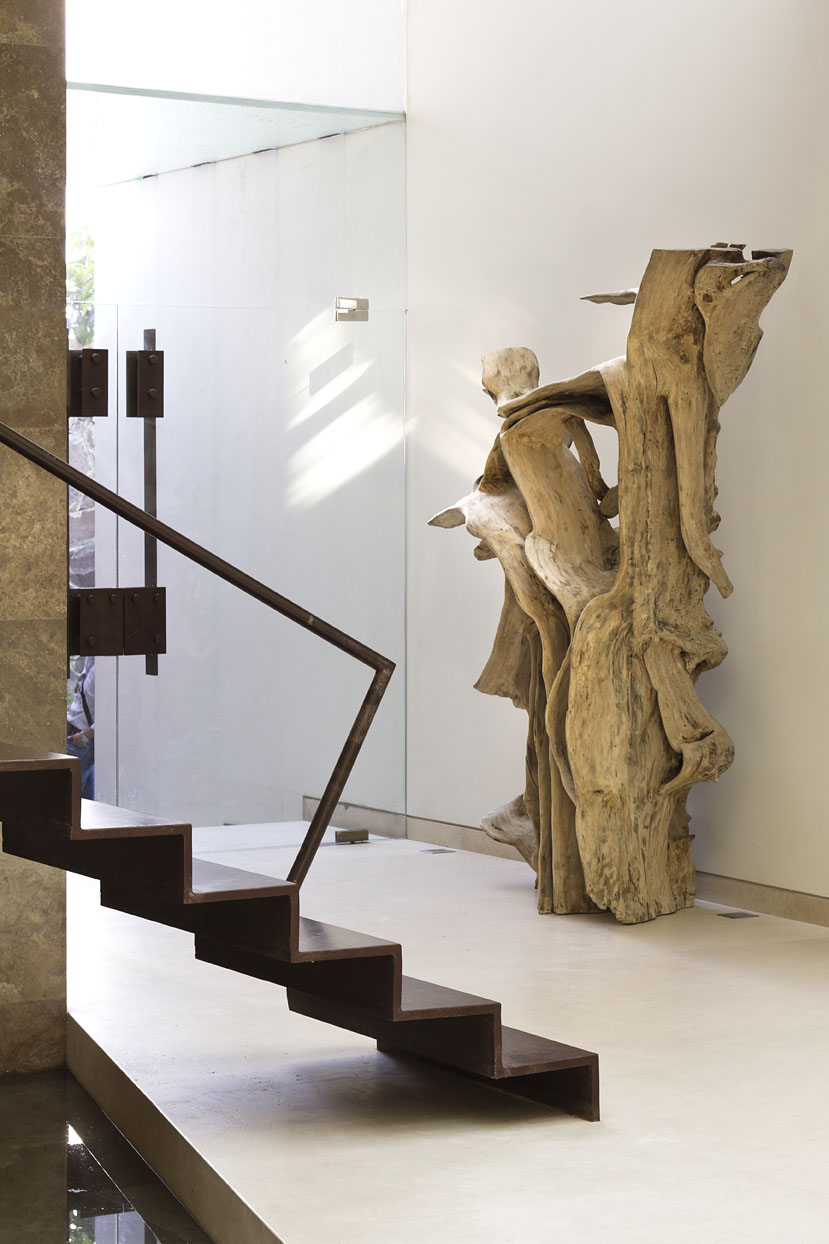
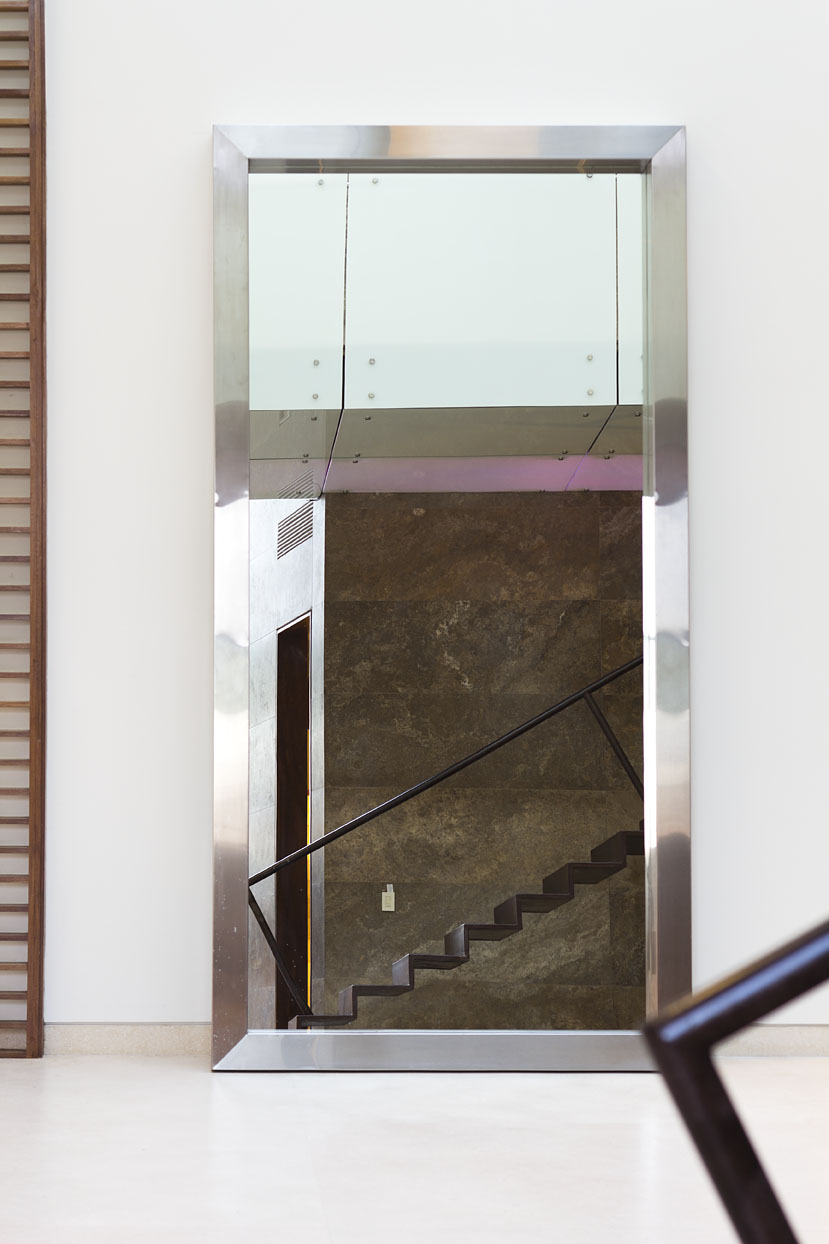
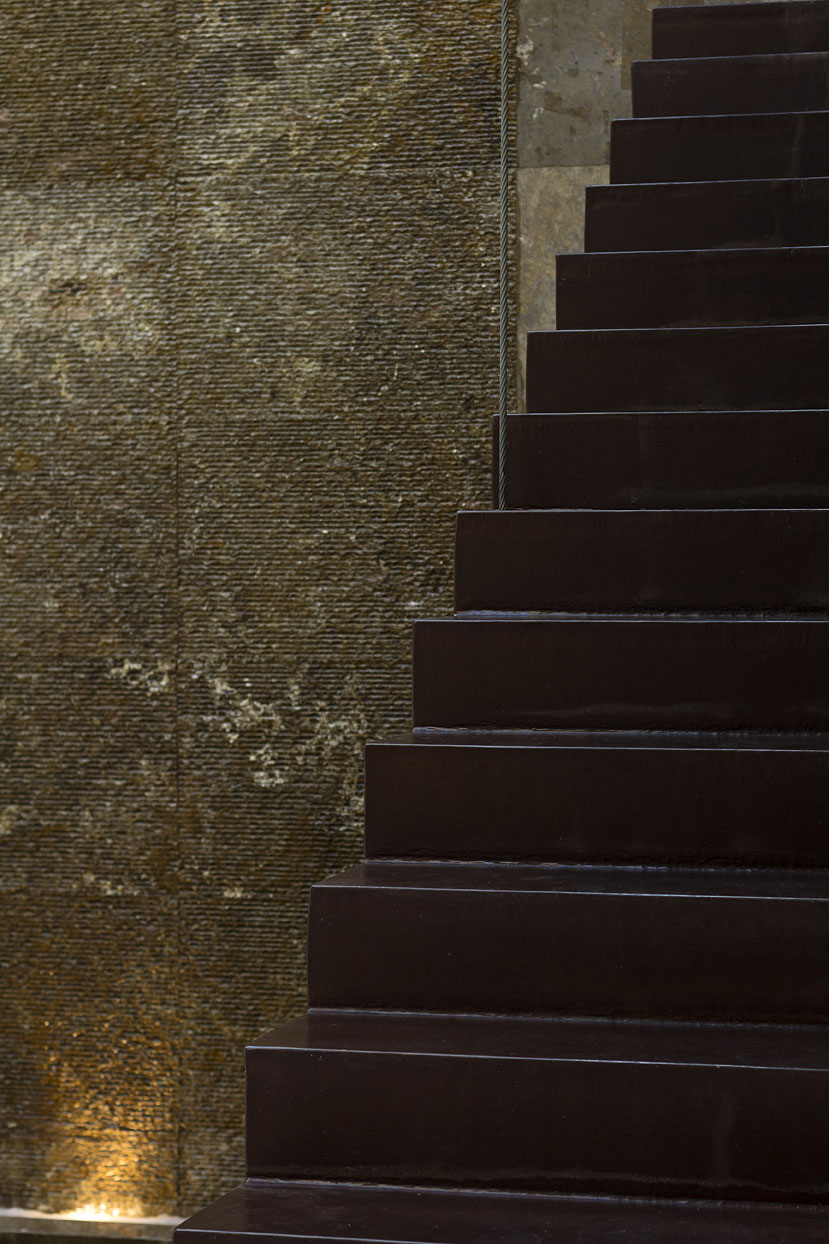
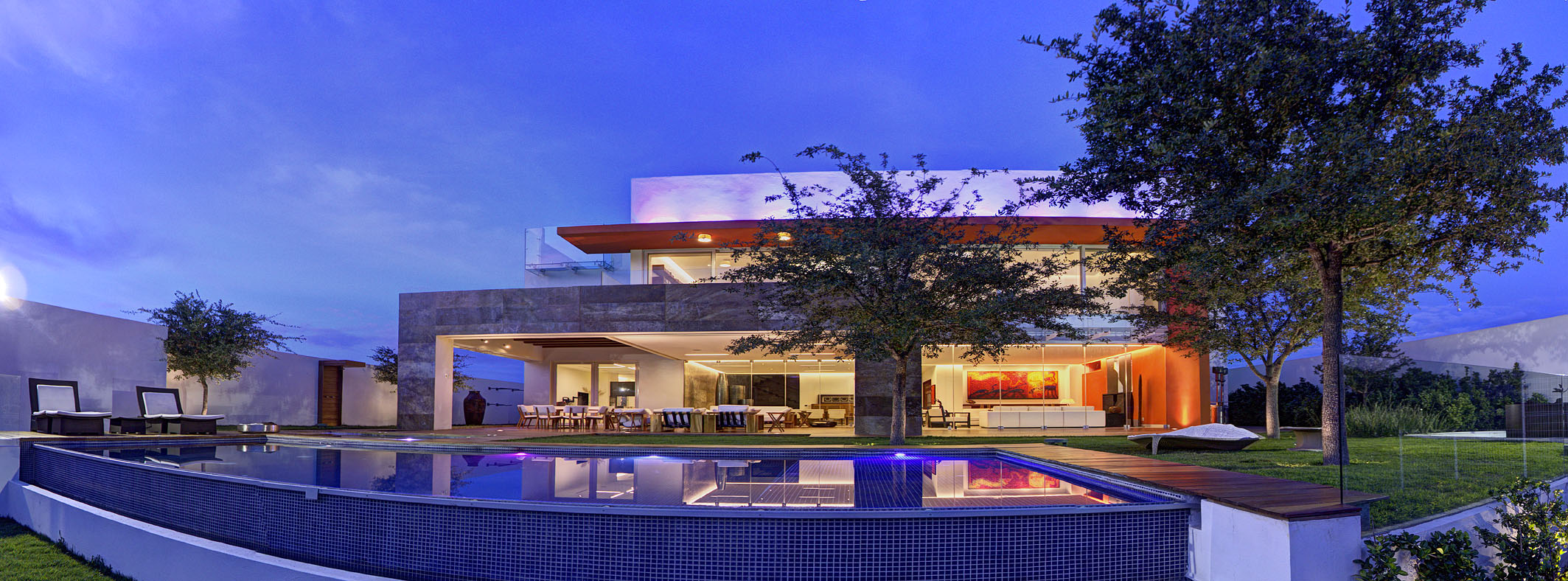
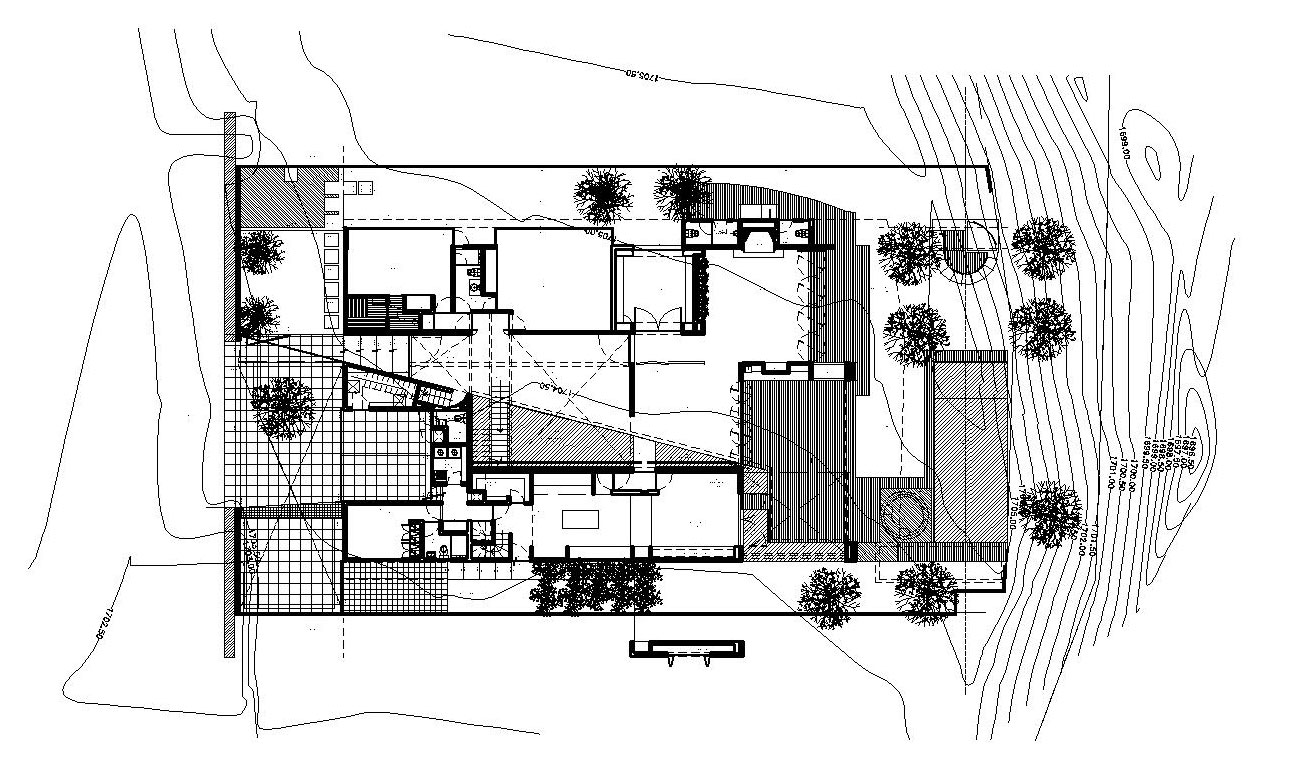
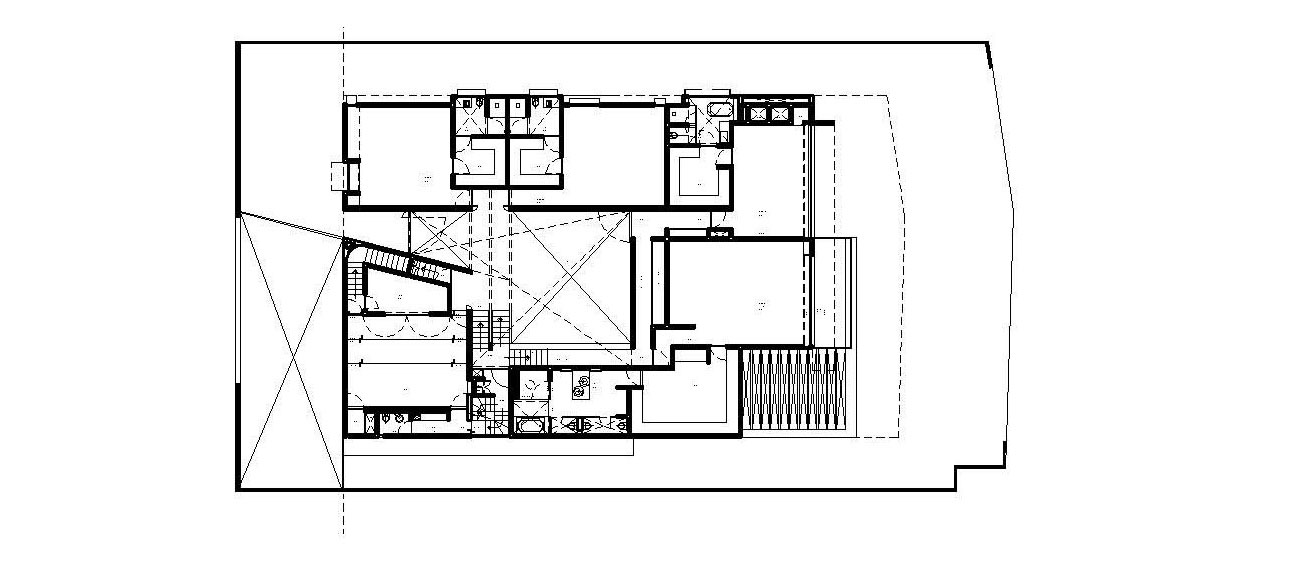








Discussion about this post